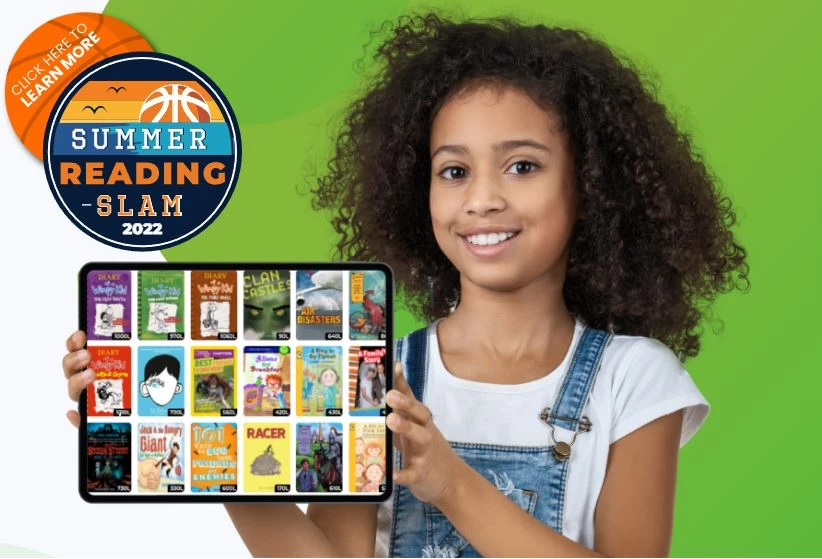
A diagnosis of autism contains a wide range of abilities. Because children who have autism may have impaired language or communication abilities, it can impact their ability to understand a story or text. Challenges in communication skills can also make it difficult for a child to show their understanding. They might not understand characters’ motives or emotions. This should be addressed with explicit instruction on these topics that includes social thinking.
Many children who have autism enjoy information and non-fiction texts more than narrative stories. Since children who have autism tend to gravitate toward a particular topic of interest, this can be used to teach comprehension strategies. They can learn or refine skills while talking about something they love. Depending on their language abilities, a child may need more help when it comes to answering questions. Some children with autism may understand what is happening in a story or text, but may not have the language skills to retell or communicate their ideas. Support should be provided here with multiple options to answer questions. This can include picture cards, cues, or multiple choice options for answering questions. As a parent you can help facilitate their ability to show what they know. You can also gain ideas of how to help them communicate their understanding from their teacher or therapist.
Reading comprehension instruction has traditionally been neglected in some schools, but this is changing as more research has shown the benefit of direct instruction of skills. Below are several strategies your child may learn as they progress through school. These strategies will be used again and again for understanding other stories or texts as they grow and learn. You can help by using some of these strategies while reading together. Begin by explaining the idea. Show your thinking by saying your thoughts aloud. Hearing your progression of understanding will allow your child to hear a model of comprehension strategies. Then continue to model these strategies while reading together. Over time, your child will gain practice from your modeling of comprehension strategies.
1. Basic Comprehension Skills
- Recalling facts or details: You can ask your child to recall 3 things they discovered or interesting things from the text.
- Sequencing events: You can ask your child to put events in order from a story or non-fiction text. Begin with two events and practice before adding more.
- Compare or Contrast: You can pick two similar things and discuss how they are the same or different.
- Sharing a personal connection: You can discuss how something in the text or story reminds you of a lived or shared experience.
- Sharing a connection: You can discuss how a particular thing reminds you of another book, story, item, etc.
- Understanding fiction versus non-fiction: You might explain how fiction is a story and meant to entertain while non-fiction is facts or information and is meant to explain.
- Distinguishing fact versus opinion: You can explain how facts are information and can be proven while an opinion is another’s thoughts or feelings about something. You can point out when your child is exposed to one or the other.
- Stating the main idea: Ideally, this statement should contain the who, what, where, when, and possibly why of the story or article. You can practice getting that information organized and over time, try to make the statement into a smaller number of words.
- Following directions: You can practice doing one and two step directions before moving to a larger number of skills. This can be done in a game like Simon Says.
- Labeling and Categorization: You can play games like Concept for Kids to practice this idea. What parts does something have? What group does it belong to? Twenty Questions is another game that requires thinking about these ideas.
- Relating personal stories to help guide or understand: This is one way to work on social thinking and relating information.
2. How LightSail Can Help
LightSail can help with comprehension! In many stories and texts, LightSail has embedded audio and video links to provide interactive experiences while reading. This also allows children to make connections and benefits comprehension. LightSail’s library includes many books on the same topic at varying levels, so a child can gain more knowledge on the same topic as their reading and comprehension skills increase. Many texts include visuals to encourage interest and gain understanding. There are also writing modules that include comprehension work. The inquiry writing assignment uses a K-W-L approach that guides children to think about the topic and their background knowledge before reading. The Book Report Module guides children through thinking about the important details of a text or story. LightSail knows how important comprehension is in reading. In order to make sure your child is able to understand, your child’s Lexile level is assessed frequently, so your child will always have access to books and texts at their “just right” level.

Posted on 9.Sep.21 in Struggling Readers




